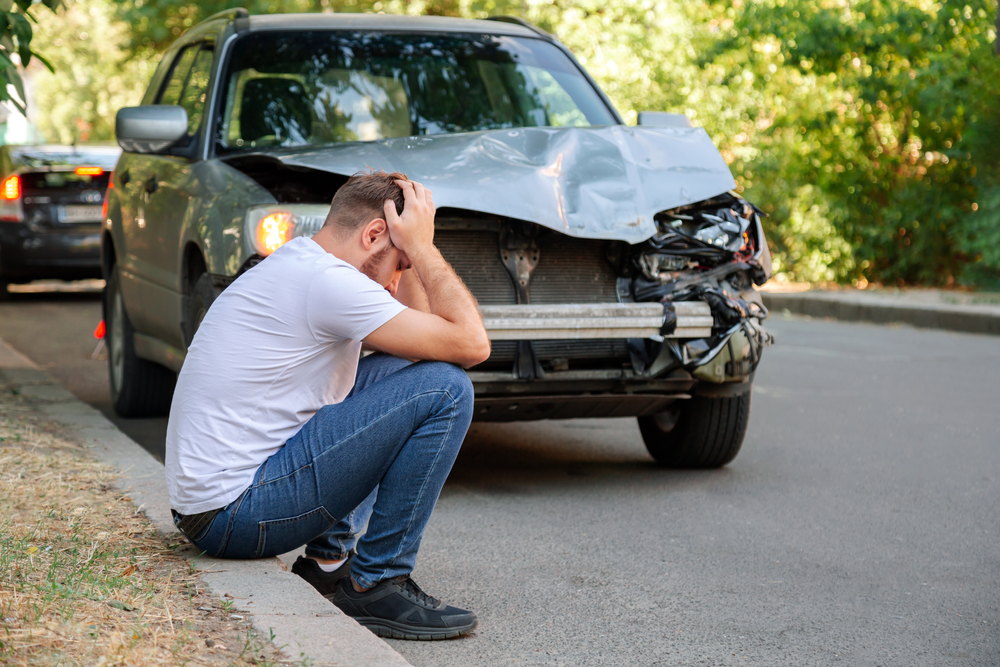Car accidents can be traumatic experiences, and determining fault is a crucial aspect of the aftermath. Understanding how fault is determined can greatly impact insurance claims and legal proceedings. The information below will explore the factors that come into play when establishing responsibility after a car accident.
- Police Reports:
After a car accident, the first responders on the scene are typically law enforcement officers. They investigate, interview involved parties and witnesses, and compile a police report. This report usually contains important details such as the location, time, and date of the accident, statements from those involved, and the officer’s assessment of who was at fault. While the police report is not the sole determinant of fault, it carries significant weight in insurance and legal proceedings.

- Eyewitness Testimony:
Eyewitness accounts can provide valuable perspectives on how an accident occurred. Individuals who witnessed the events leading up to the collision can offer statements that help establish fault. Their unbiased observations can sometimes be crucial in corroborating or challenging the accounts of those directly involved in the accident.
- Traffic Laws and Violations:
One of the key elements in determining fault is assessing whether any traffic laws were violated. If one driver failed to obey traffic signals, exceeded the speed limit, or committed any other traffic violations, it can strongly influence the allocation of fault. Obeying traffic laws is a fundamental responsibility for all drivers, and violations can be a key indicator of negligence.
- Expert Analysis:
In more complex cases or those involving severe injuries, accident reconstruction experts may be brought in to analyze the scene. These experts can recreate the events leading up to the accident using scientific methods. This analysis can help determine fault by analyzing vehicle speeds, braking distances, and point of impact. Insurance companies conduct their own investigations to determine fault when processing claims. Insurers review the evidence, including police reports, statements from involved parties, and any available photos or videos. While insurance companies play a significant role in compensating for damages, their determination of fault may not always align with legal or court decisions.
- Comparative Negligence:
In some cases, fault may be shared among multiple parties. States follow either a contributory negligence or comparative negligence system. Contributory negligence bars a party from recovery if they are found to have contributed to the accident in any way. On the other hand, comparative negligence allows parties to recover damages proportionate to their level of fault. Understanding the legal framework in your jurisdiction is crucial in such situations.
- Evidence from the Scene of the Accident:
When an accident happens, physical evidence at the scene can provide important clues to how it happened. Skid marks, damage to vehicles, and road conditions are all examples of physical evidence that can be used to reconstruct the sequence of events. Additionally, any photos taken at the scene and the positions of vehicles after the accident can be helpful in piecing together as to what took place.
- Statements and Admissions:
Statements made by the parties involved immediately after the accident can also be significant. Admissions of fault, apologies, or other remarks may be considered in determining responsibility. It’s important to note, however, that statements made under duress or stress may not always be reliable indicators of fault.
Determining fault after a car accident is a multifaceted process that involves various factors. Police reports, eyewitness testimony, traffic laws, expert analysis, insurance company investigations, comparative negligence considerations, evidence from the scene, and statements from those involved all contribute to the overall assessment of responsibility. Individuals involved in accidents need to be aware of these factors and, if needed, seek legal advice to navigate the complexities of fault determination. Ultimately, a thorough understanding of the circumstances surrounding the accident is crucial for fair and just resolutions in the aftermath of a collision.